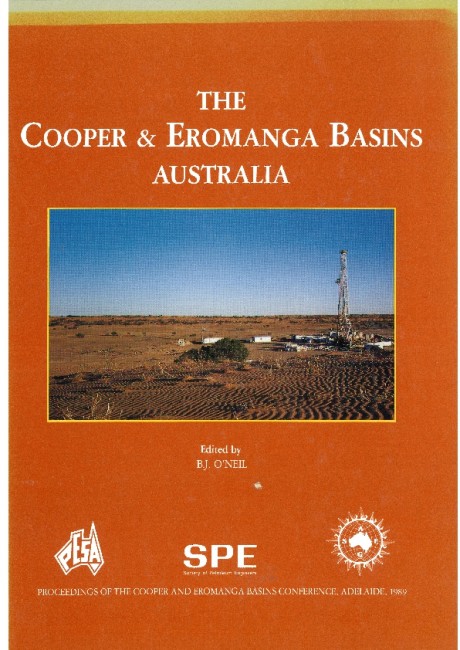Publication Name: The Cooper & Eromanga Basins Australia
Authors: J.R. Hughes and N.A. Fitzgerald
Date Published: June 1989
Number of Pages: 21
Reference Type: Book Section
Abstract:
During recent years, as the exploration phase in the Cooper Basin has reached a mature level, it has becomenecessary for the seismic data to achieve increased structural and stratigraphic resolution while subject to the economic constraints brought about by low oil prices.
The acquisition comparisons, and subsequent production parameter modifications, carried out by the Joint Venture Partners in the Cooper Basin have led to significant productivity improvements whilst maintaining and/or improving data quality. In fact, the average monthly production achieved during 1988 was in excess of 400
km/crew month with the remarkable total of 516 km being achieved during the month of October by one seismic crew. All data were recorded 48 or 60-fold with 30 or 37.5 m group intervals.
The main acquisition parameters analysed include the sweep frequencies and sweep length, the number of sweeps per vibrator point relative to stack fold, the use of dynamite versus vibrator methods, sign-bit versus conventional recording, and the impact of varying group intervals. These impact on the cost and quality of the data.
Further investigations into the accuracy of static control demonstrated that average uphole repeatability to within only 2.1 ms was achieved on a set of77 repeated upholes. This level of accuracy, together with the fact that significant intra-array static variations have been identified during the course of this work, have led to a better appreciation of the structural and stratigraphic limitations inherent in the seismic data.


